Approaching the Black Hills from the South, you travel through an inland sea of grass, with waves stretching to the horizon. Driving across the undulating hills, which are beaming with wildflowers, you appreciate the beauty of the Great Plains. Continuing along this path, you will eventually reach the crest of a hill, and for the first time lay eyes on an even greater landscape, South Dakota’s Black Hills. When they first come into view, you instantly understand how they got their name. From a distance, the hills covered with thick forests of ponderosa pine, most definitely appear black.
As you get closer, black turns to a dark shade of green, and the magnificent landscape begins to reveal itself. Covering 5,000 square miles in southwestern South Dakota, the Black Hills possess a wide variety of scenery, and it’s all spectacular. When doing the initial research for this trip, South Dakota stood out as a leading candidate for most underrated State, and my visit to the Black Hills validated that opinion.
I had originally planned on spending 3 days in the Black Hills, but ended up staying for a full week. This was by far the longest I’ve stayed in one place, and is probably an objective indicator of how much I enjoyed the area. I discovered plenty worth writing about in the Black Hills, but for the sake of brevity I will limit this post to my 5 favorite places: Mount Rushmore, Custer State Park, Spearfish Canyon, Wind Cave National Park, and Peter Norbeck Scenic Byway.
Mount Rushmore National Memorial
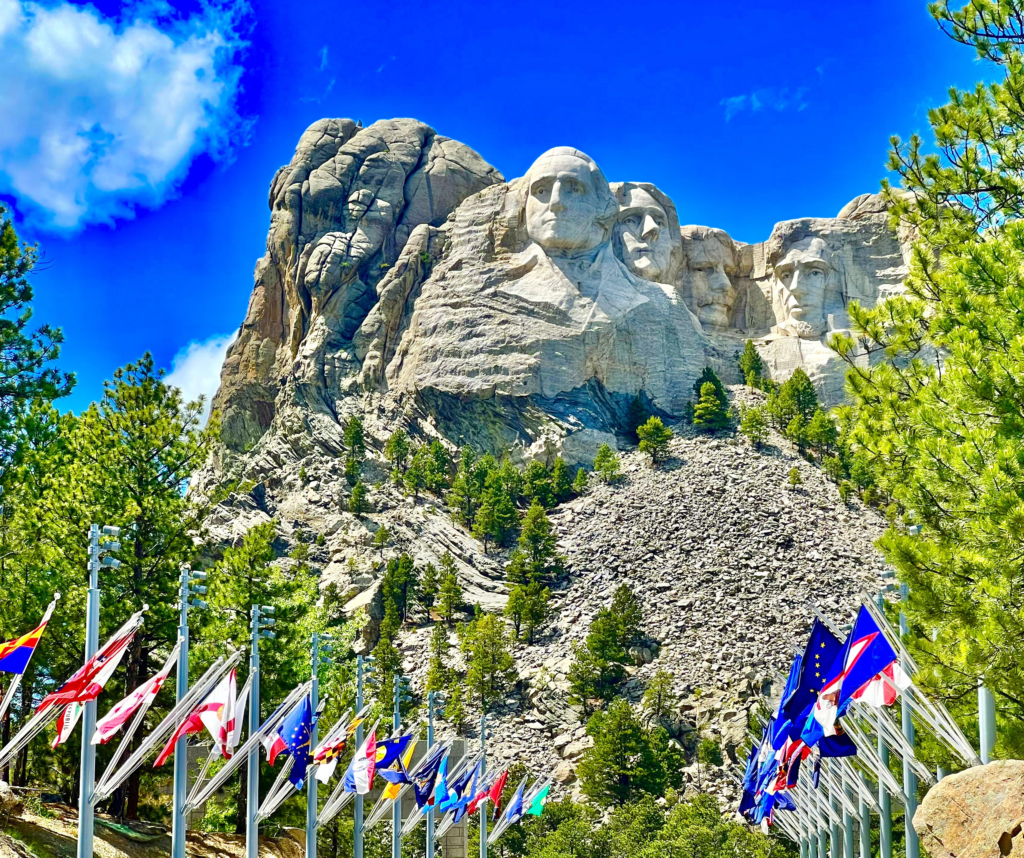
I start with Mount Rushmore, not because it was my favorite destination in the Black Hills, but because it’s why most tourists come in the first place. Mount Rushmore is America’s most patriotic monument, and has been drawing tourists to the Black Hills since construction began in the 1920’s. Each presidential sculpture is nearly 60 feet high, and is carved out of solid granite. I say carved, but really mean blasted, as 90% of the sculpting was done using dynamite. Construction began in 1927, and took a full 14 years to complete.
In addition to the monument itself, the site has a wonderful museum explaining the history of Mount Rushmore, which is worth a visit. Mount Rushmore wasn’t my main draw to the Black Hills, but I’m glad I went. It’s a classic American monument, and anyone who gets a chance, should see it at least once.
Custer State Park
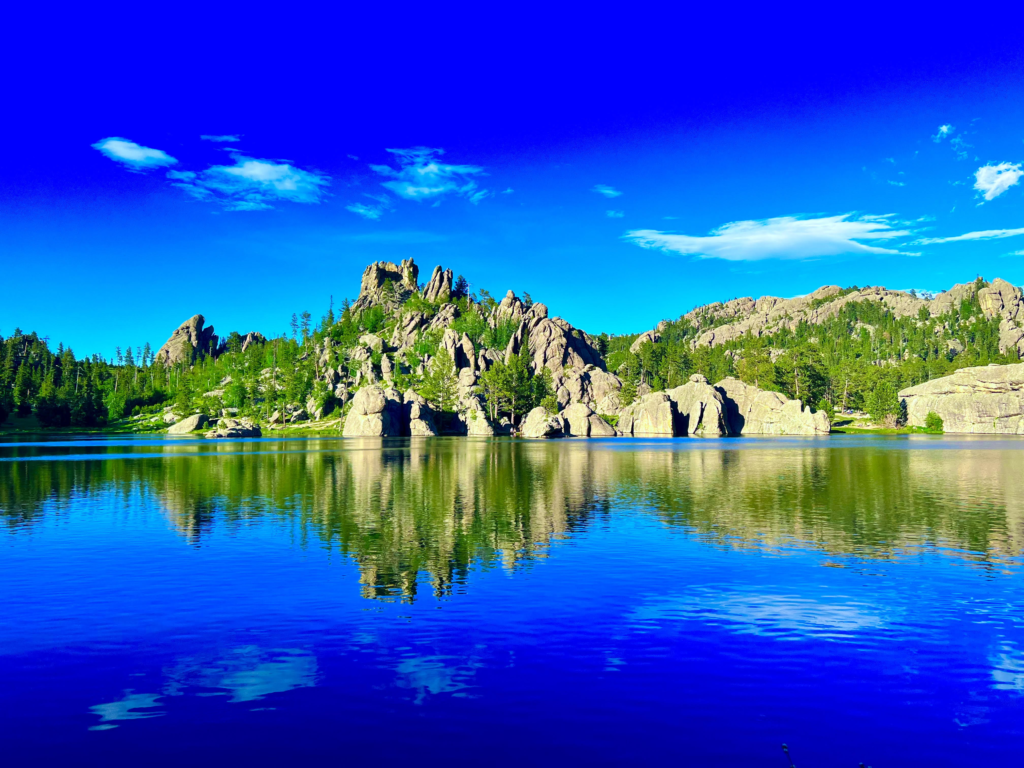
Custer State Park
Covering 71,000 acres in the Black Hills, Custer State Park is home to abundant wildlife and beautiful scenery. Towering granite spires, herds of Bison, beautiful lakes, and pristine forest: there’s no shortage of things to do within the park. You can drive the 18 mile long Wildlife Loop Road, containing an abundance of bison, elk, deer, and pronghorn. I also had a surprise visit from a wild donkey, who had a grand time massaging himself using the side of my car. In addition to the wildlife, the loop highlights some of the most beautiful open prairie you’ve ever seen.
There’s no shortage of water in Custer State Park, and the lakes are absolutely stunning. Sylvan Lake was my favorite, which may look familiar to some as the backdrop to the second National Treasure movie. The lake is lined with impressive granite rock formations, and the water is a magnificent shade of blue. There are other lakes throughout the park, all of them beautiful, but Sylvan Lake was especially worthy of recognition.
The Peter Norbeck Scenic Byway also runs through the park, which is one of the best scenic highways I’ve driven. I’ve reserved a whole section for the highway, so I’ll skip the details for now, but needless to say it’s awesome.
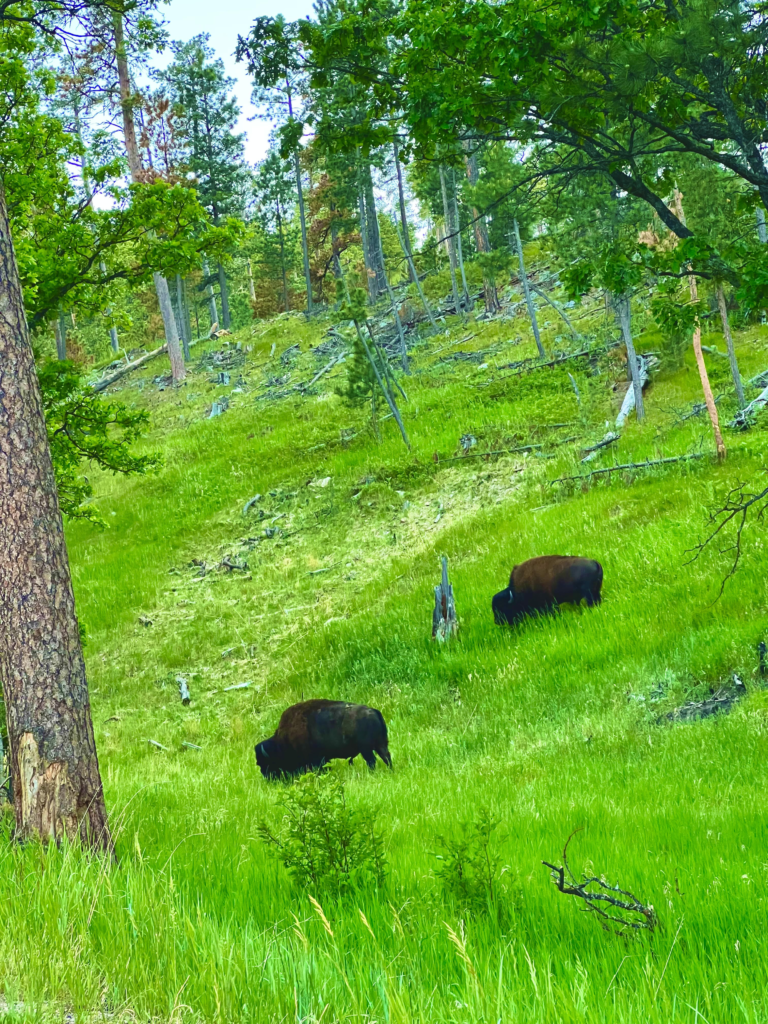

Peter Norbeck Scenic Byway
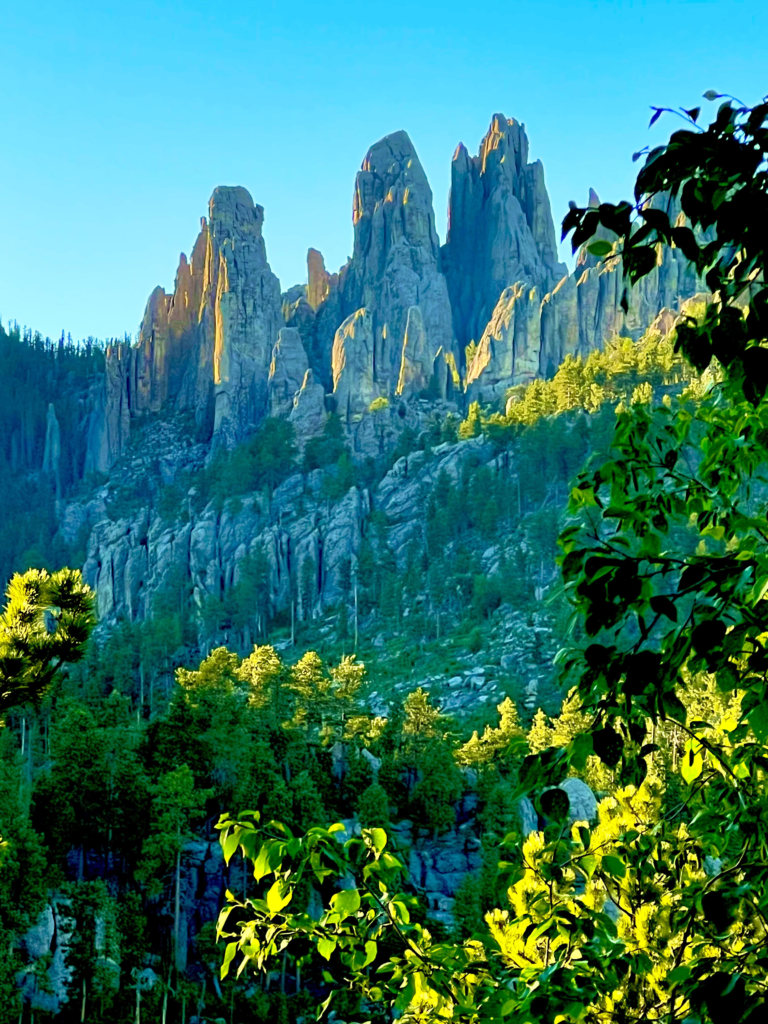
The Peter Norbeck Scenic Byway, also known as the Iron Mountain Road, is both a scenic and engineering wonder. The road runs throughout the southern portion of the Black Hills, and connects Mount Rushmore, Black Hills National Forrest, and Custer State Park. The most spectacular portion of the road is The Needles Highway, which is engineered to showcase the Black Hills’ grandest views. The Needles winds its way through towering granite cliffs and pristine ponderosa pine forests. Just look through the pictures, and I think you’ll agree the landscape is pretty amazing.
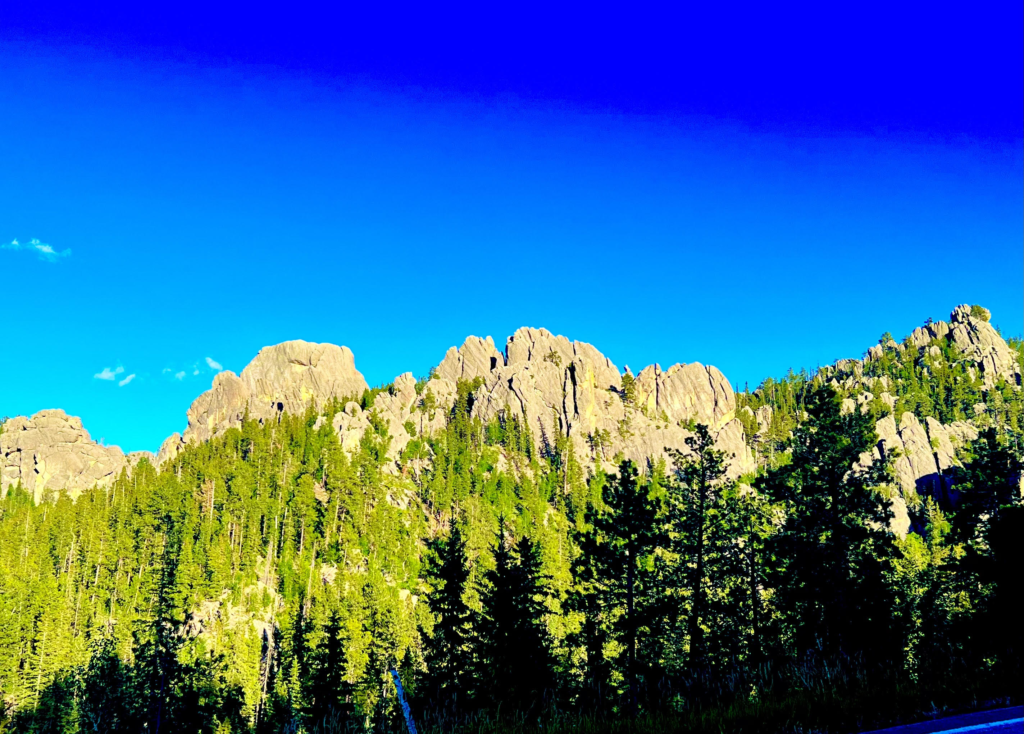

Spearfish Canyon
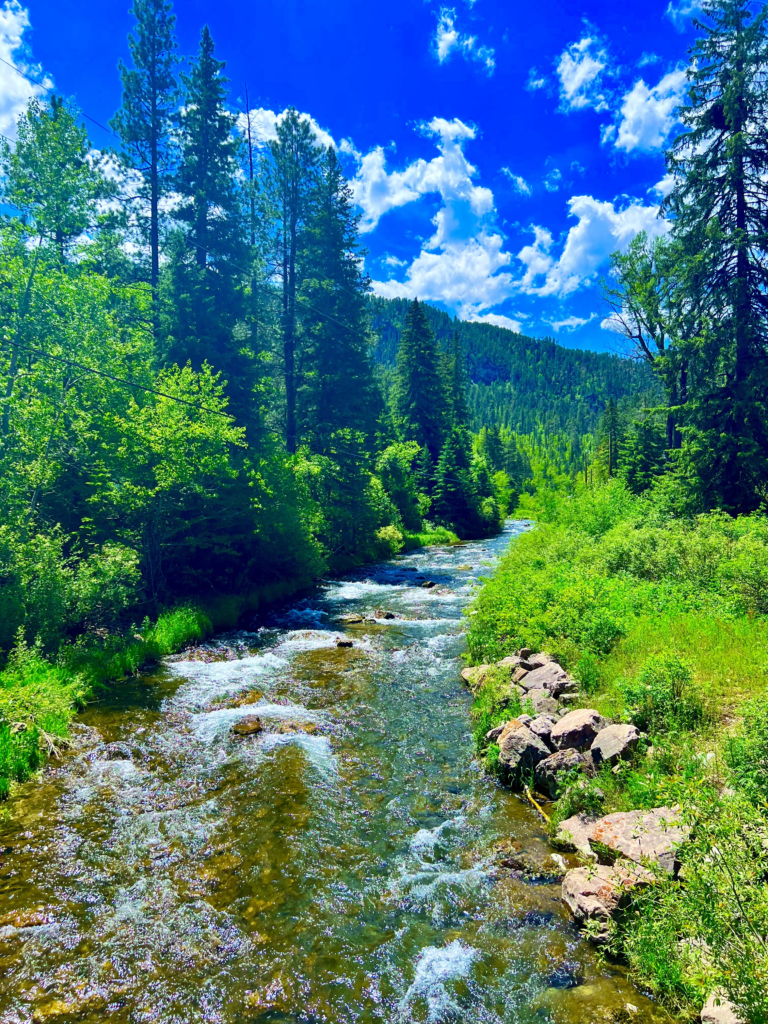
Of all the amazing places in the Black Hills, Spearfish Canyon might have been my favorite. Stretching for 19 miles through the Northern portion of the Black Hills, Spearfish Canyon is truly a natural wonder. If you don’t believe me, read what Frank Lloyd Wright thought of the canyon.
“But how is it that I’ve heard so little of this miracle and we, toward the Atlantic, have heard so much of the Grand Canyon when this is even more miraculous. All the better eventually… that the Dakotas are not on the through line to the Coast…”
Spearfish Canyon has something for everyone, with favorite activities including swimming, rock climbing, biking, hiking, and fishing. You can also enjoy the scenery from your car, via the Spearfish Canyon Scenic Byway, which runs throughout the gorge. My favorite activities were hiking to the numerous waterfalls and the Devil’s Bathtub. The hike to the Devil’s Bathtub was probably the most scenic hike I’ve ever done. Following the path of a small stream, and flanked by towering limestone cliffs, the trail is as picturesque as anything I’ve seen. If I were forced to choose only one activity to repeat on a return trip, this hike would be it.
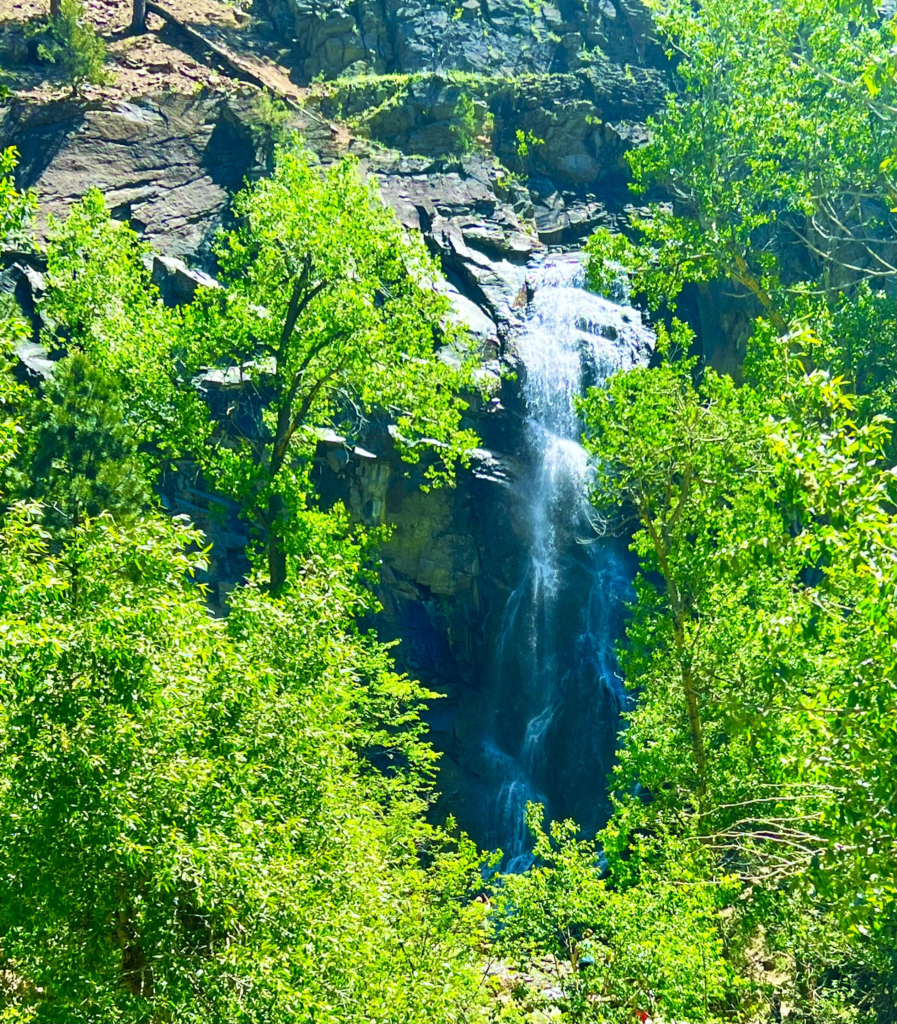
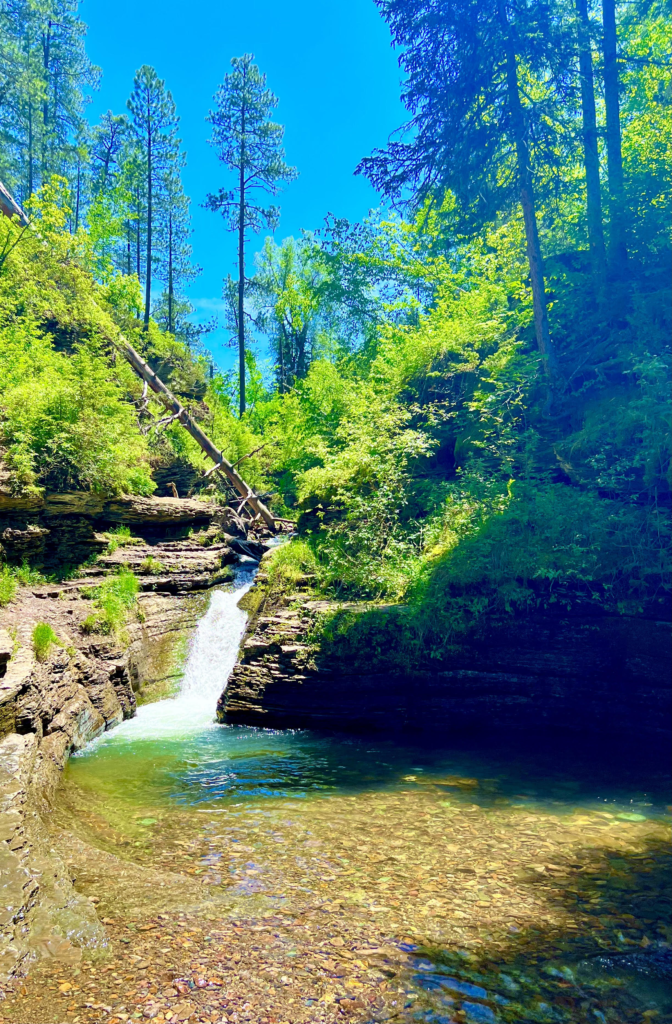
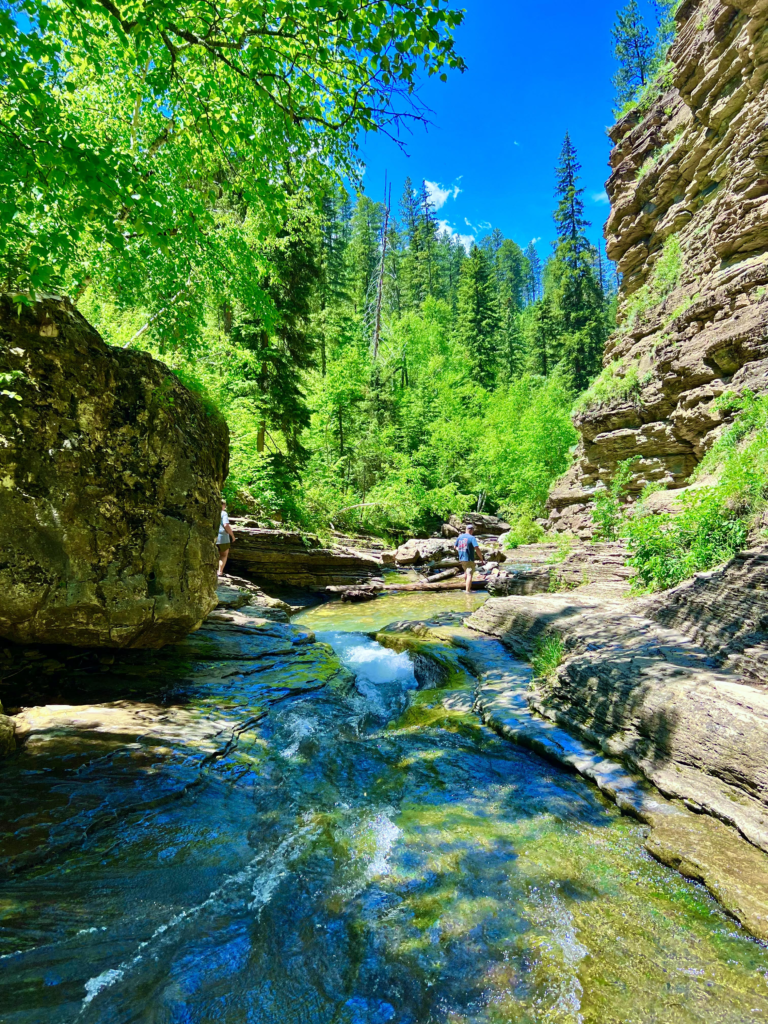
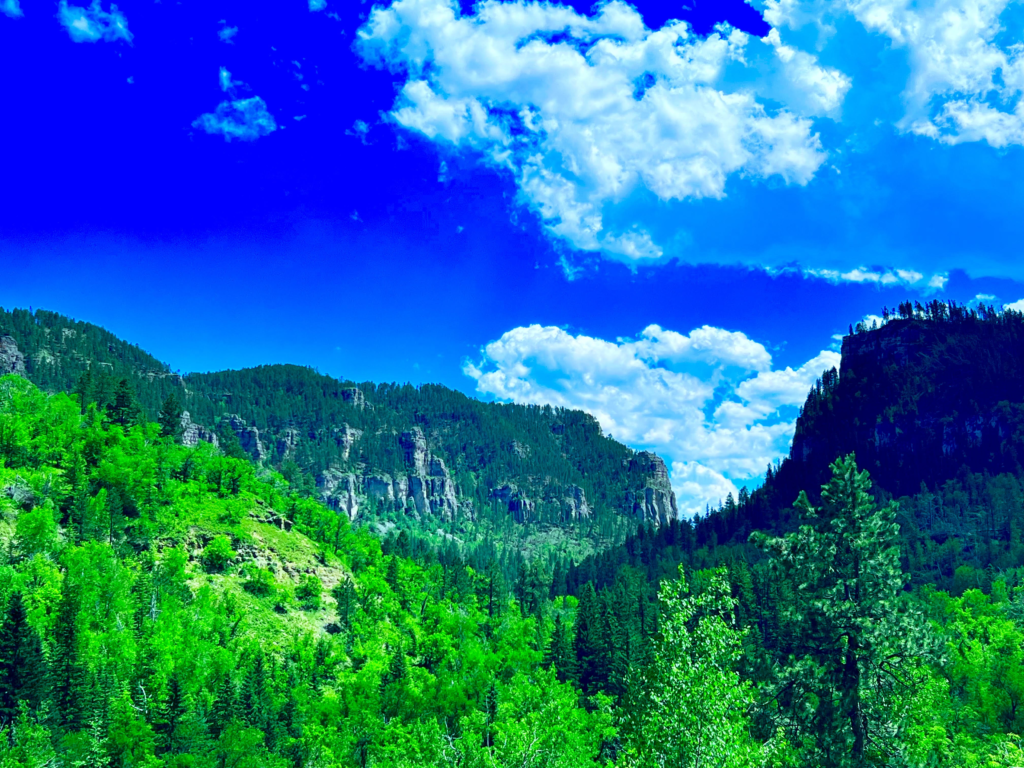
Wind Cave National Park
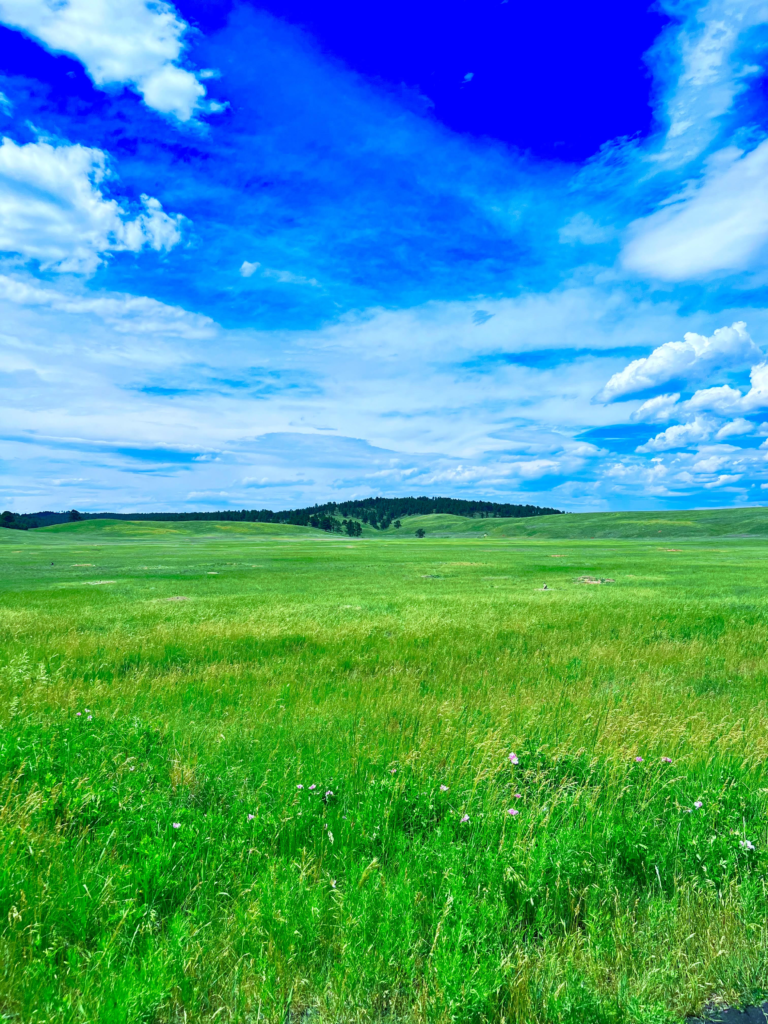
Wind Cave National Park sits at the very Southern tip of the Black Hills, and features natural wonders both above and below ground. The primary draw of the park is the extensive underground cave system. Unfortunately my phone died while underground, but I can assure you the caves are worth a visit. Back above ground, Wind Cave features beautiful prairie and forested hills. There’s plenty of wildlife throughout the park, with Bison being my personal favorite. The park has numerous hiking trails, with my favorite being the Rankin Ridge Trail, which culminates on top of a tall hill, with great views of the surrounding landscape.
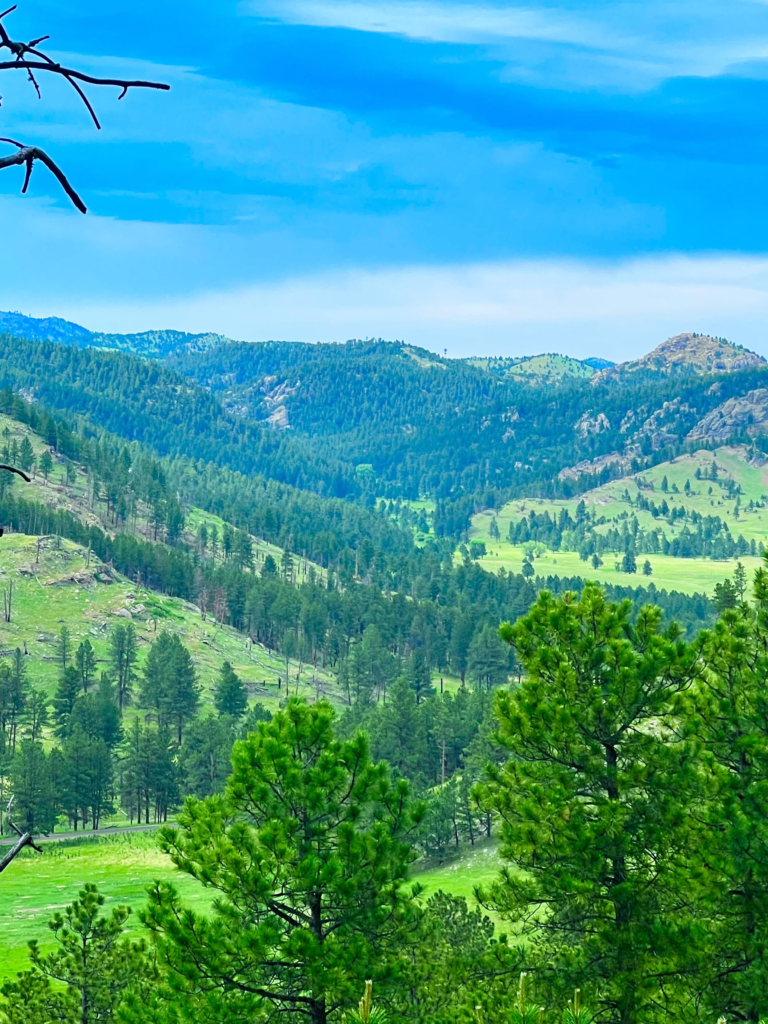
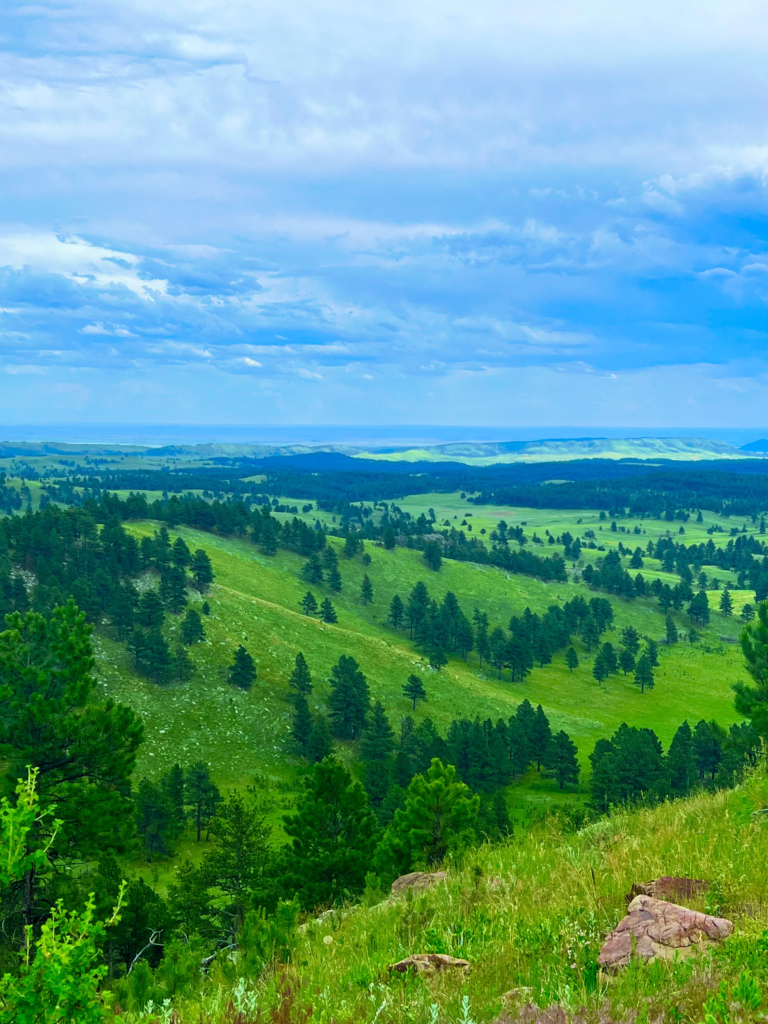
I’ve tried to keep this reasonably short, but hopefully I’ve done proper justice to the Black Hills. This is one destination I will surely be making a return trip to in the future. I enjoyed myself so much, I actually stayed an extra day to look at vacation houses. The Black Hills have been my favorite destination so far, and I strongly recommend visiting if you ever get the chance.

Wow! These pictures 😍 South Dakota wasn’t high on my bucket list but it just moved up to the top.
Who would have ever thought South Dakota could be so spectacular?! My one trip to SD was in the dead of winter. Nighttime lows of 23 below zero, daytime highs of about 5 above zero. I will say that if you want to visit Mt. Rushmore with no crowds, February is the time to go! I counted less than 20 people, including the rangers and museum staff. The presidents had dusting of snow on their heads. A winter visit to Mt. Rushmore was great, but it looks like other times of year – more temperate – would be better. Here’s a link to my photos from Mt. Rushmore in the winter – https://braddupray.smugmug.com/Photography/Mount-Rushmore/